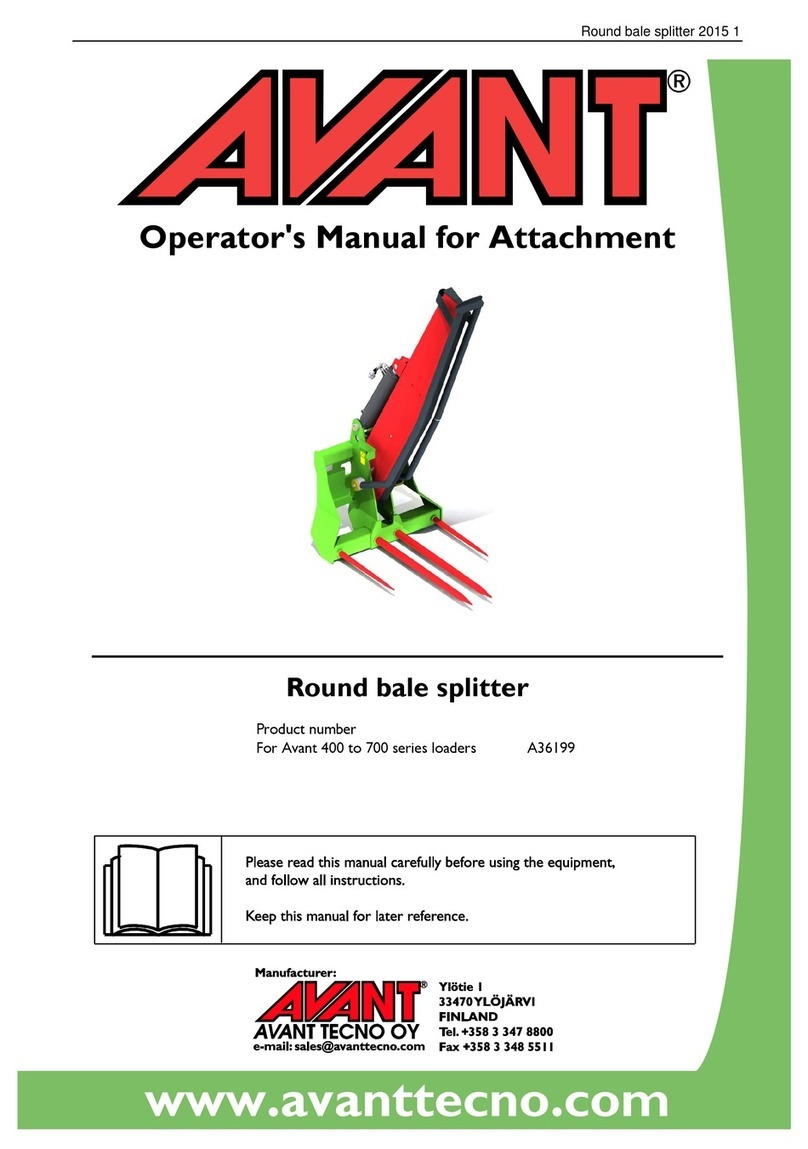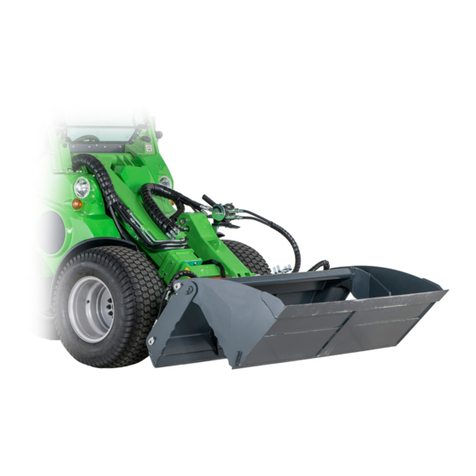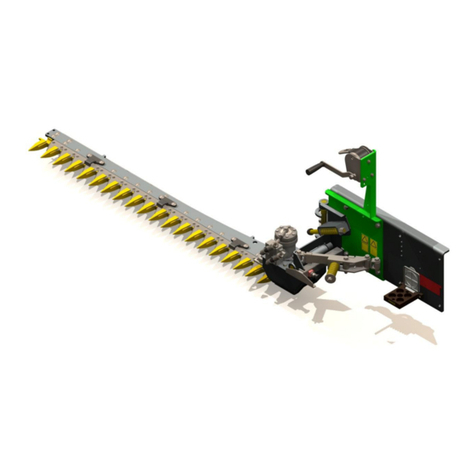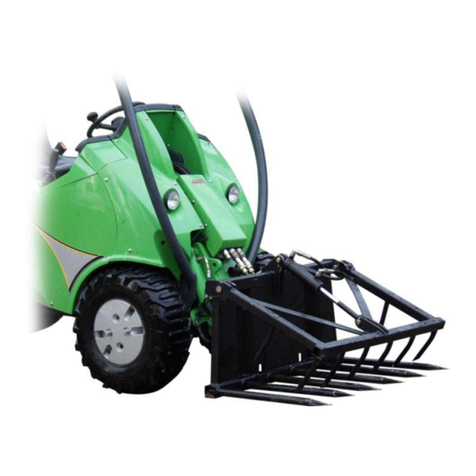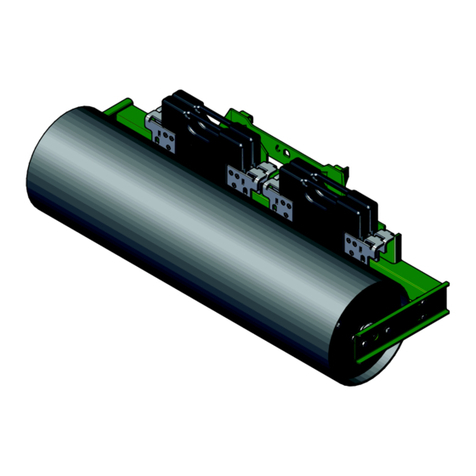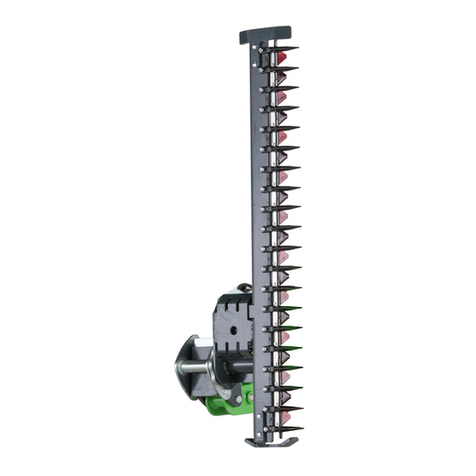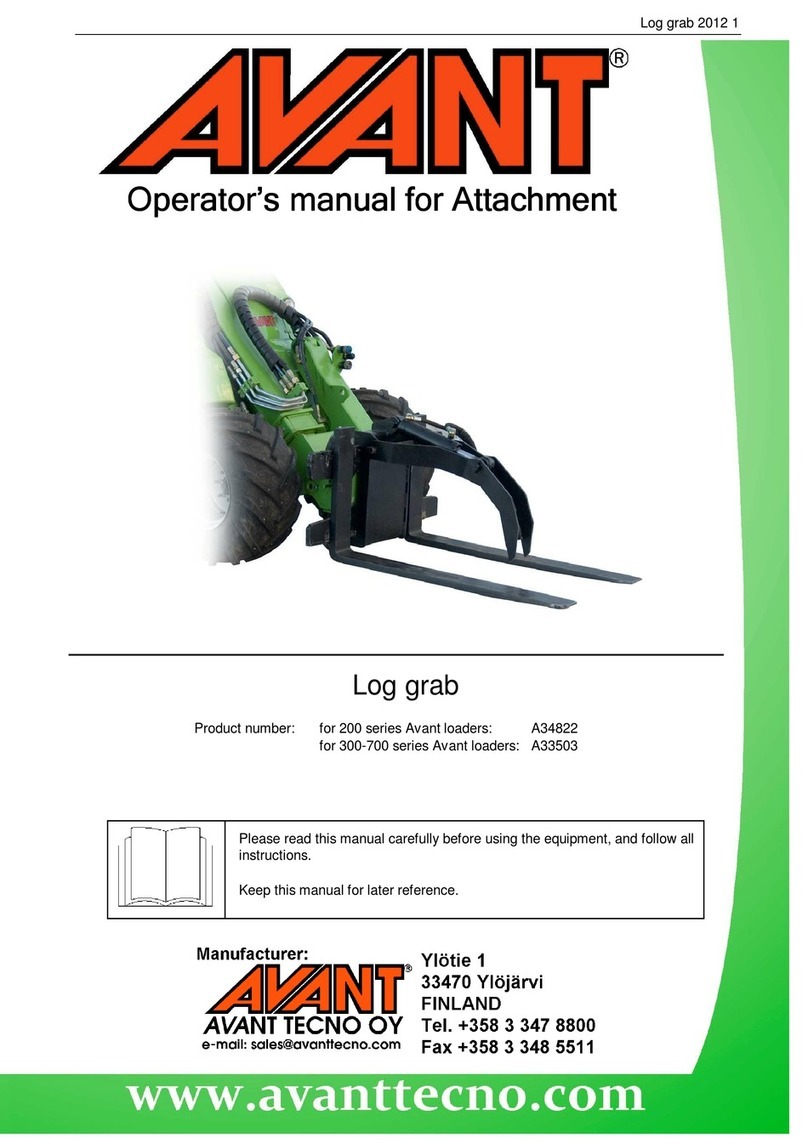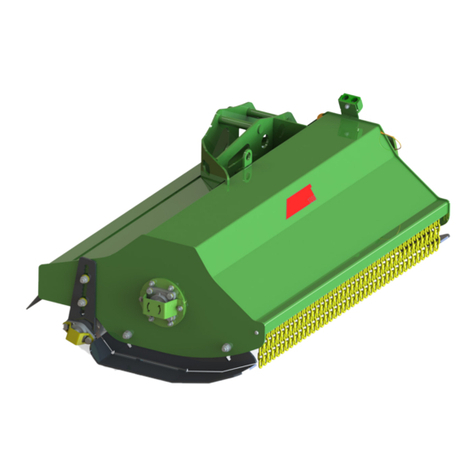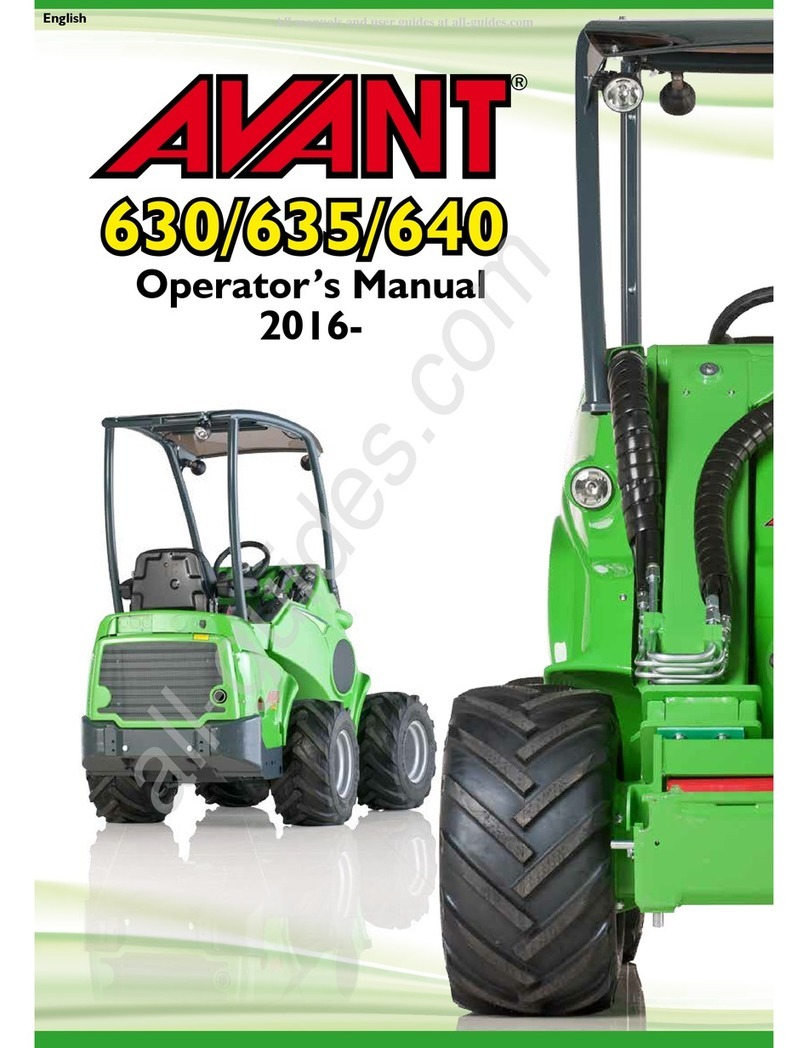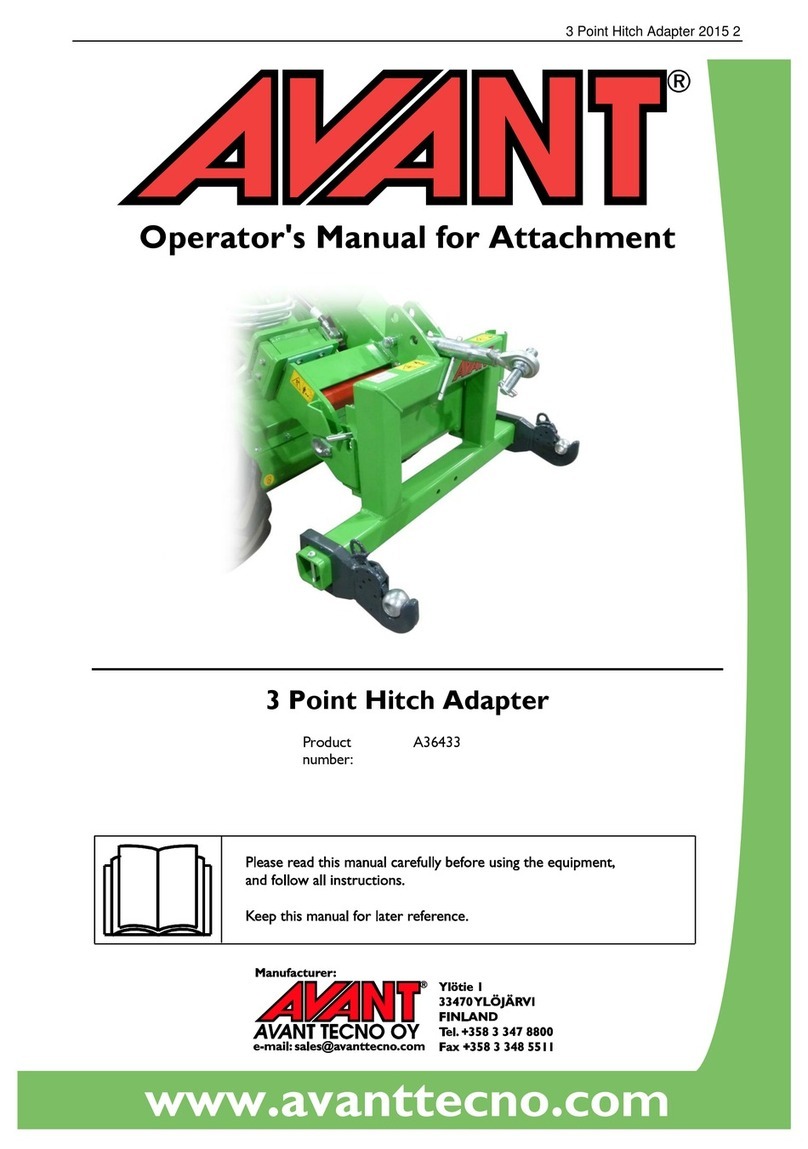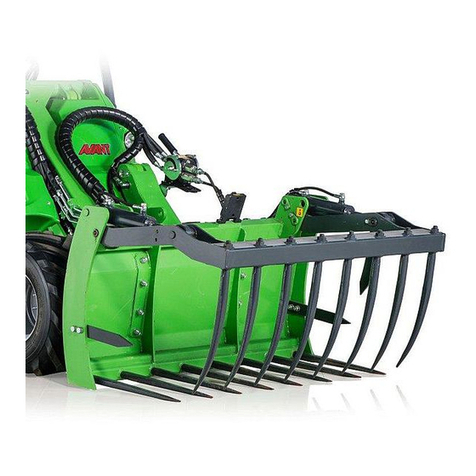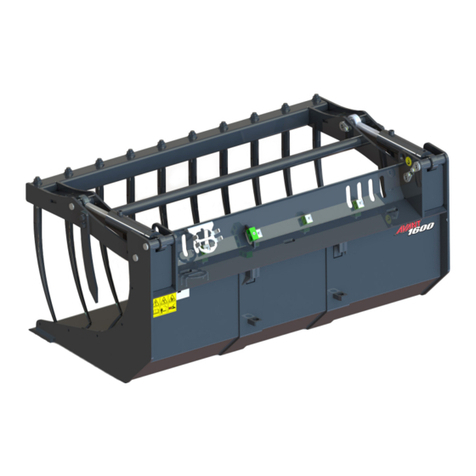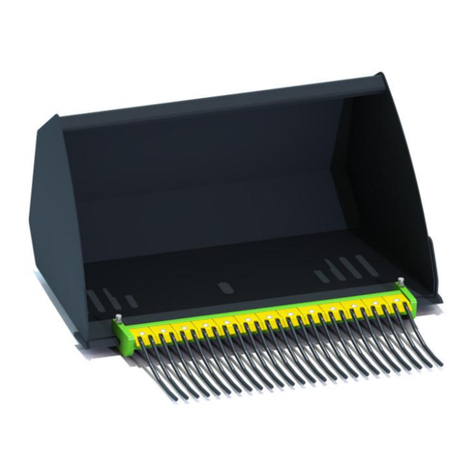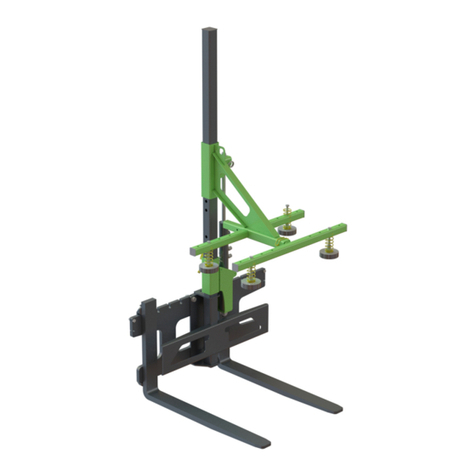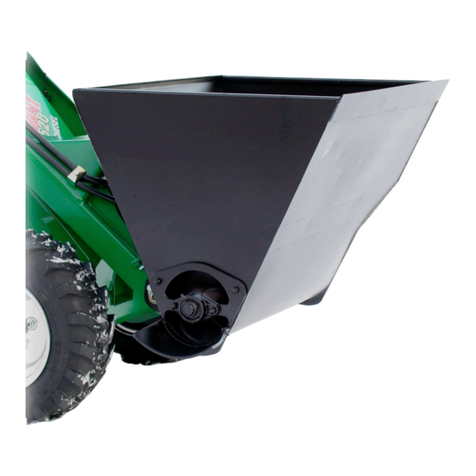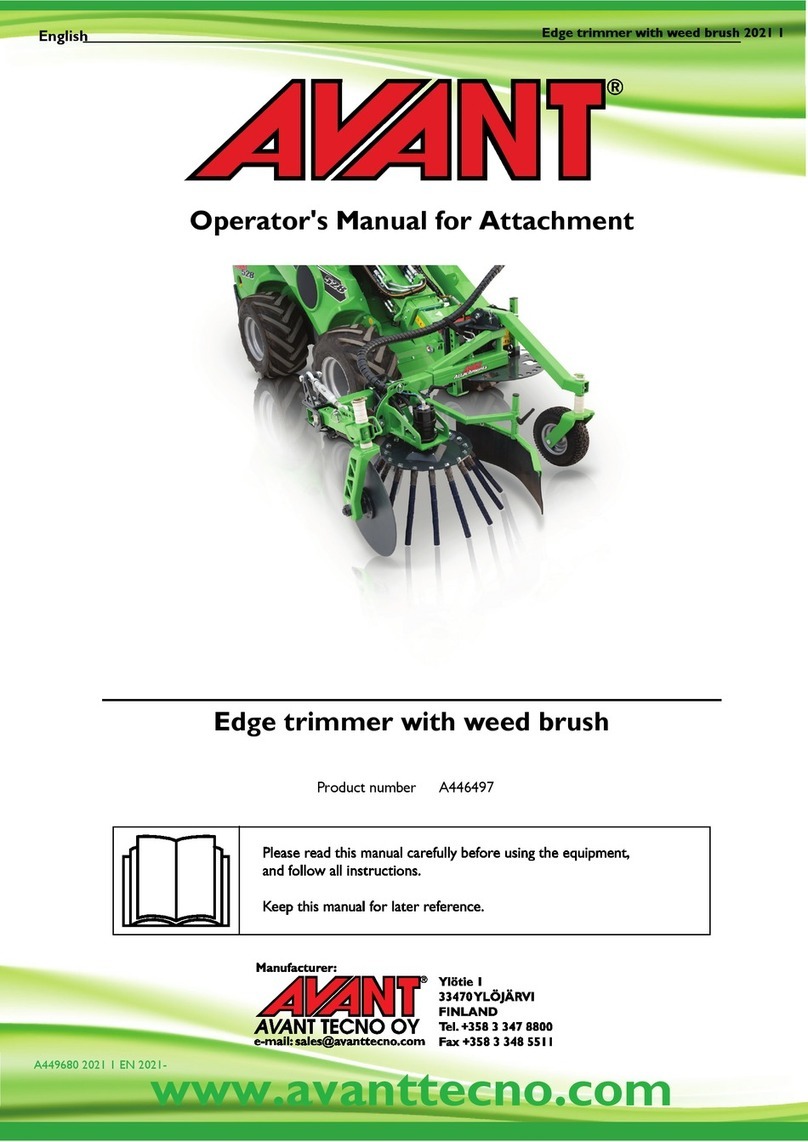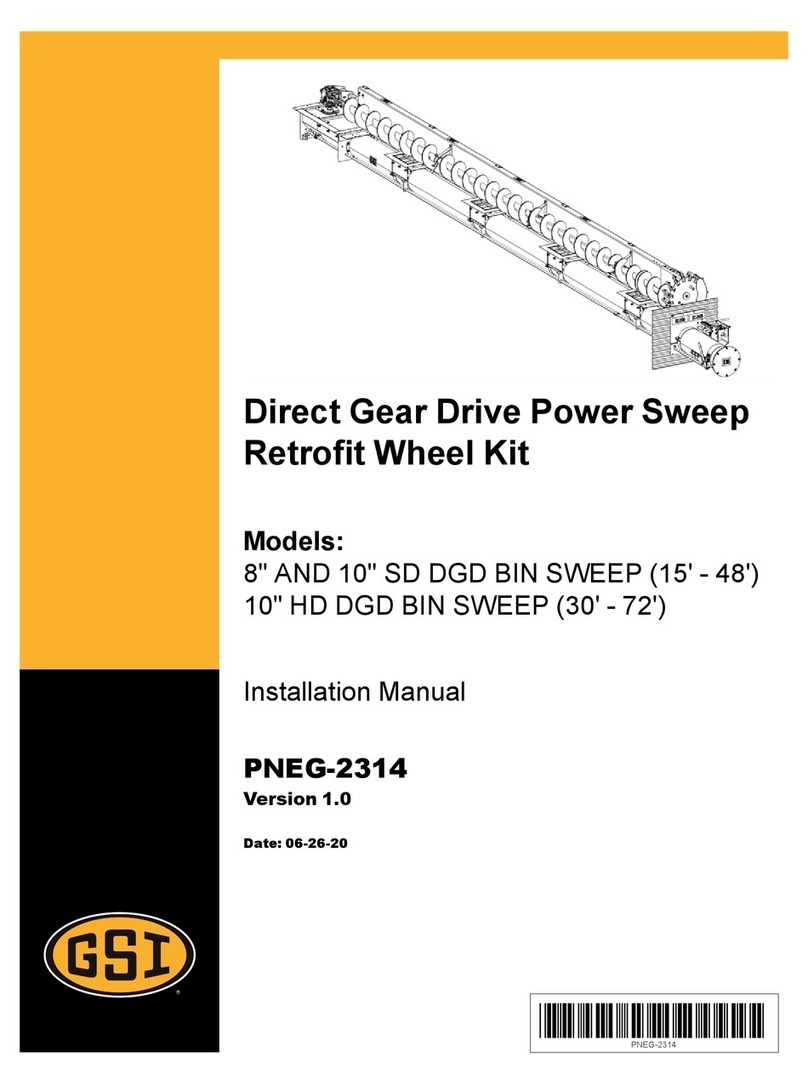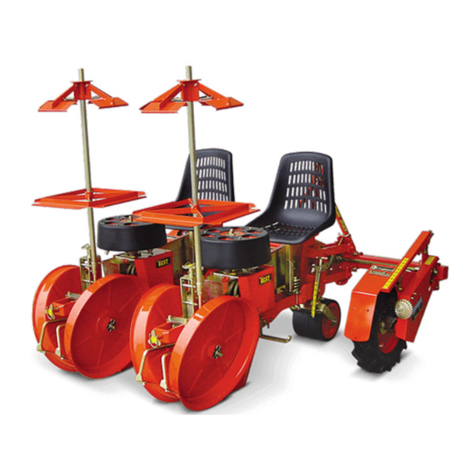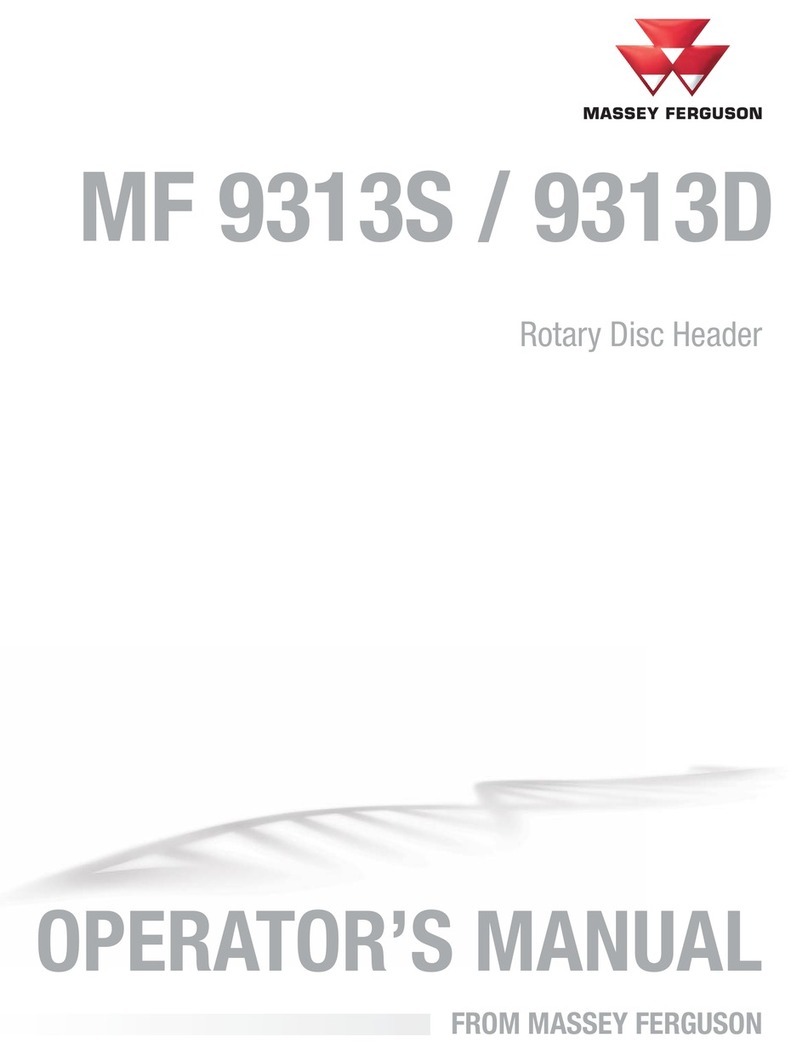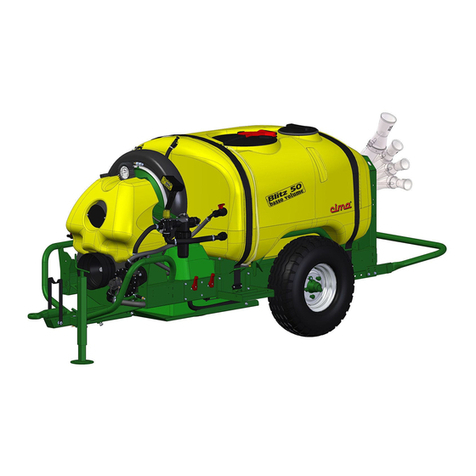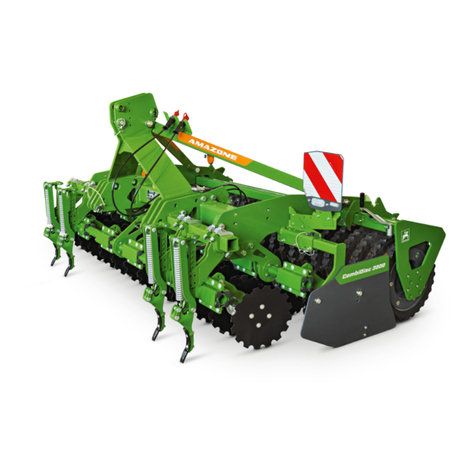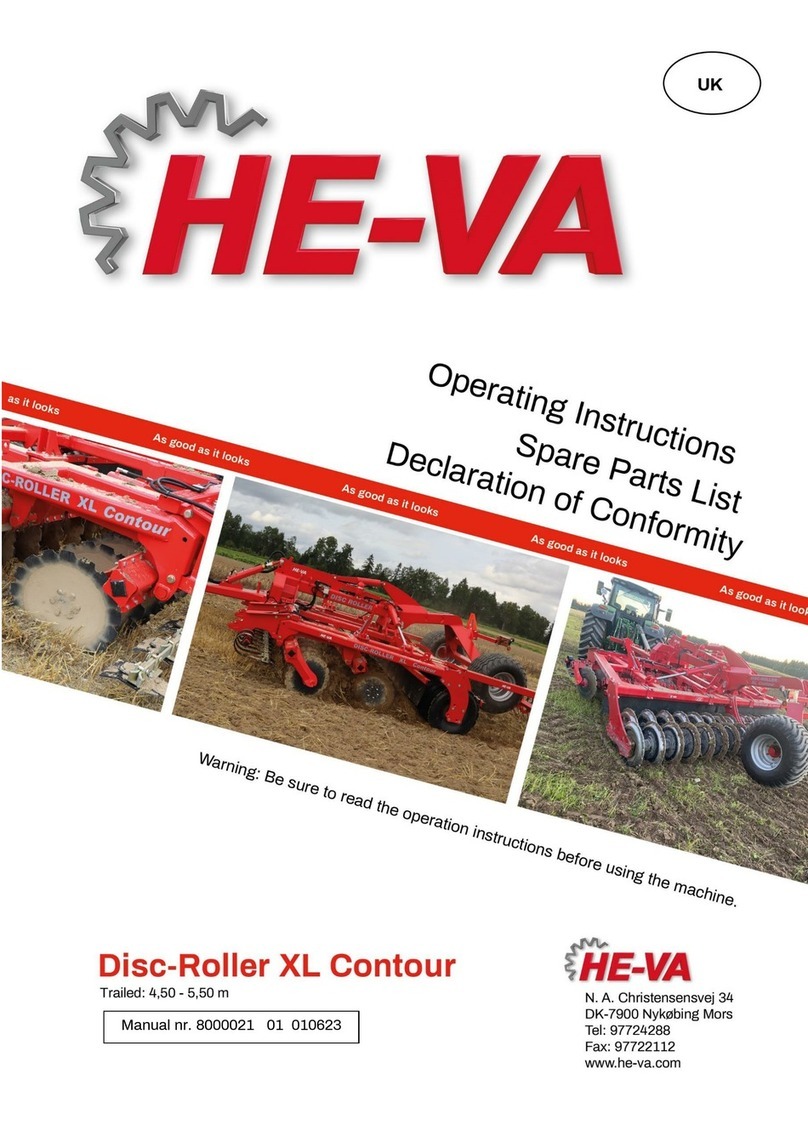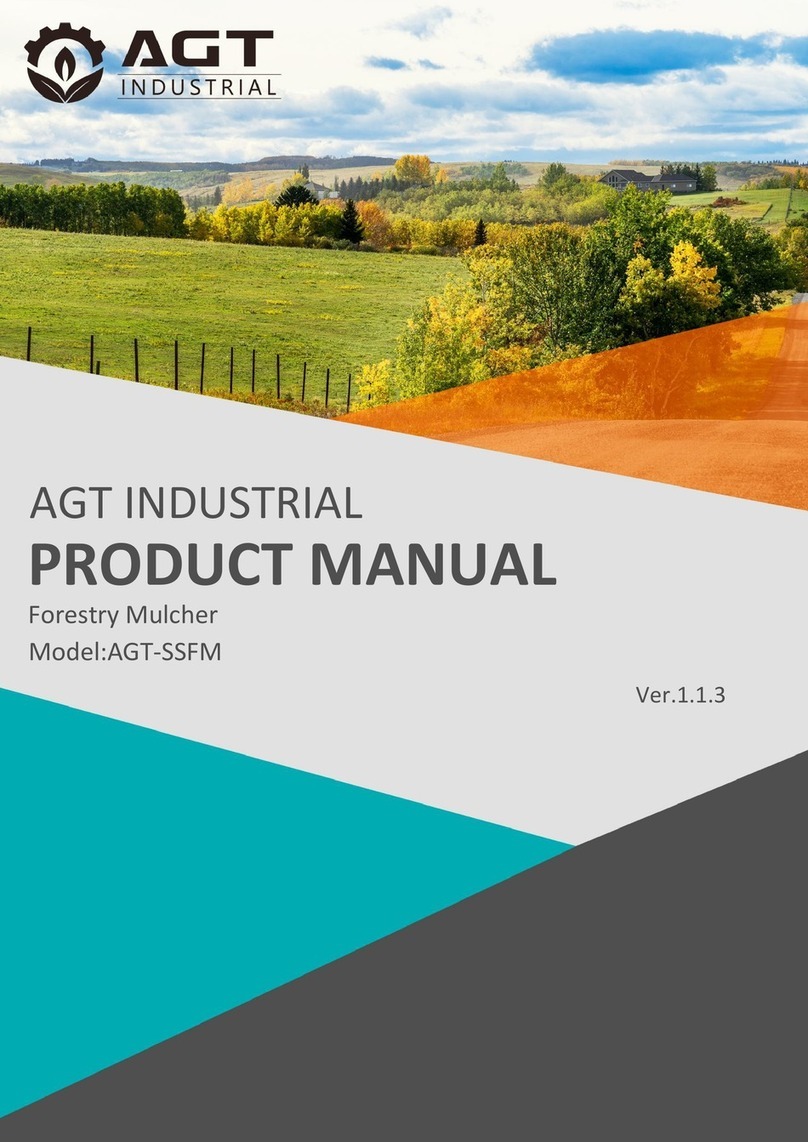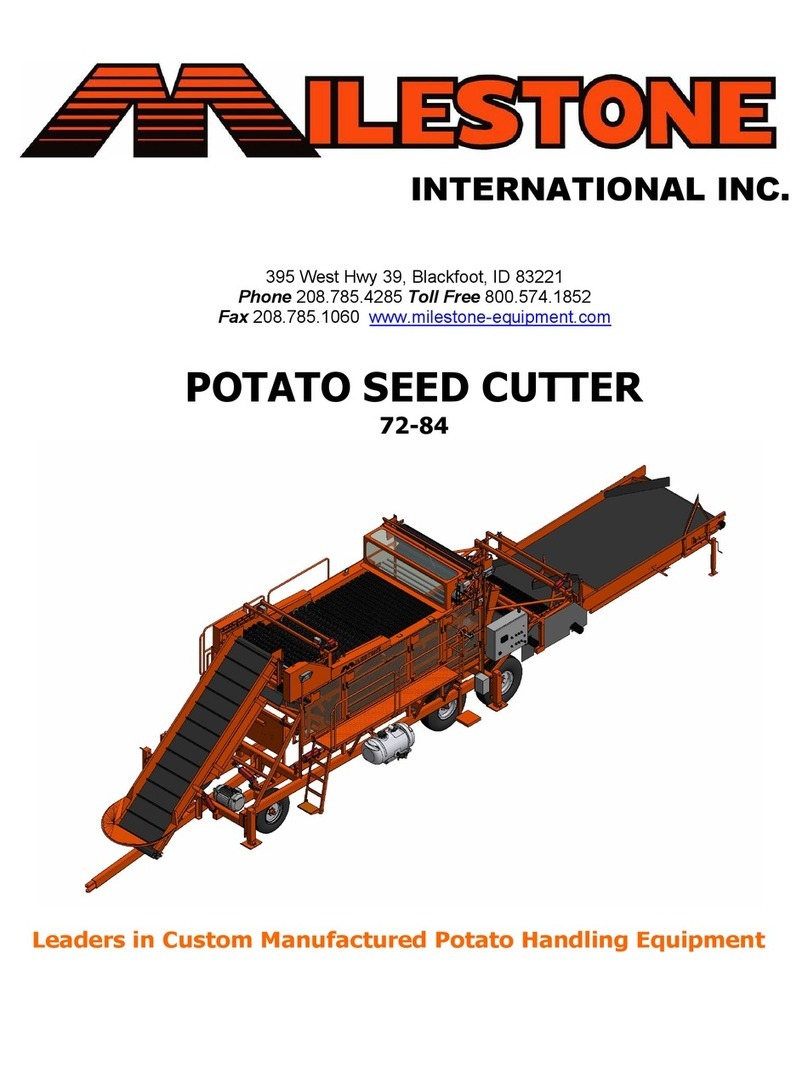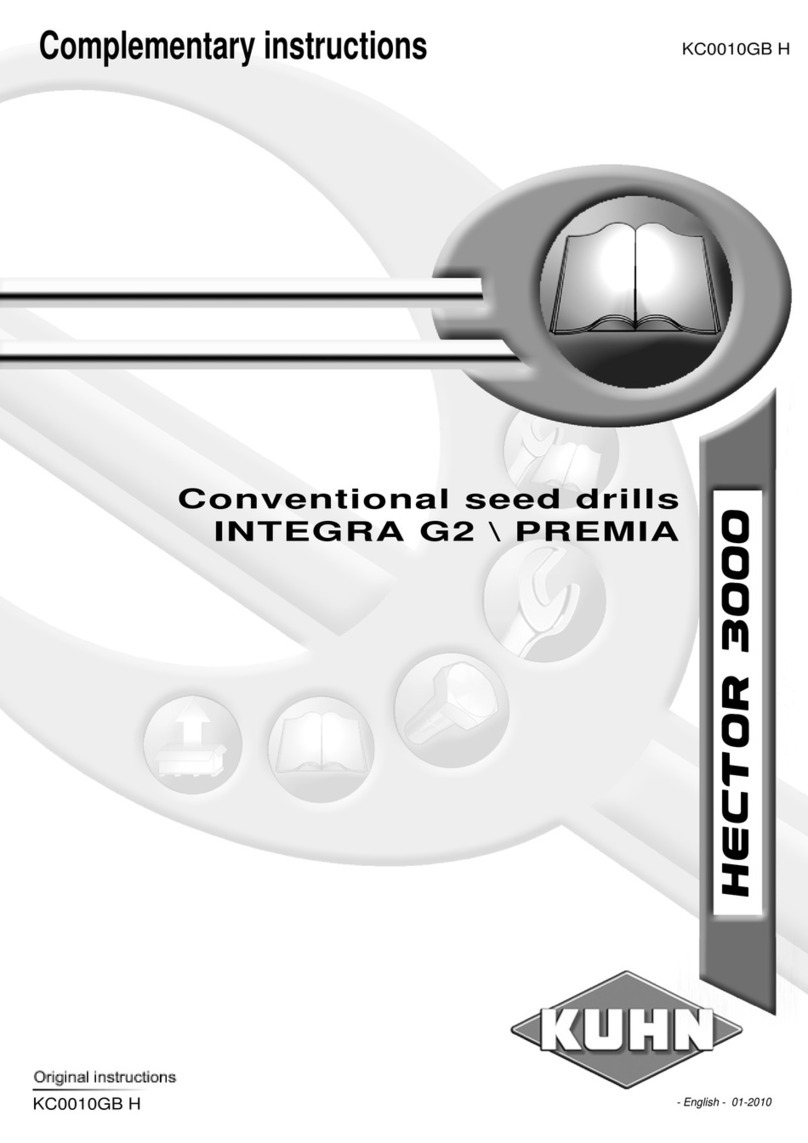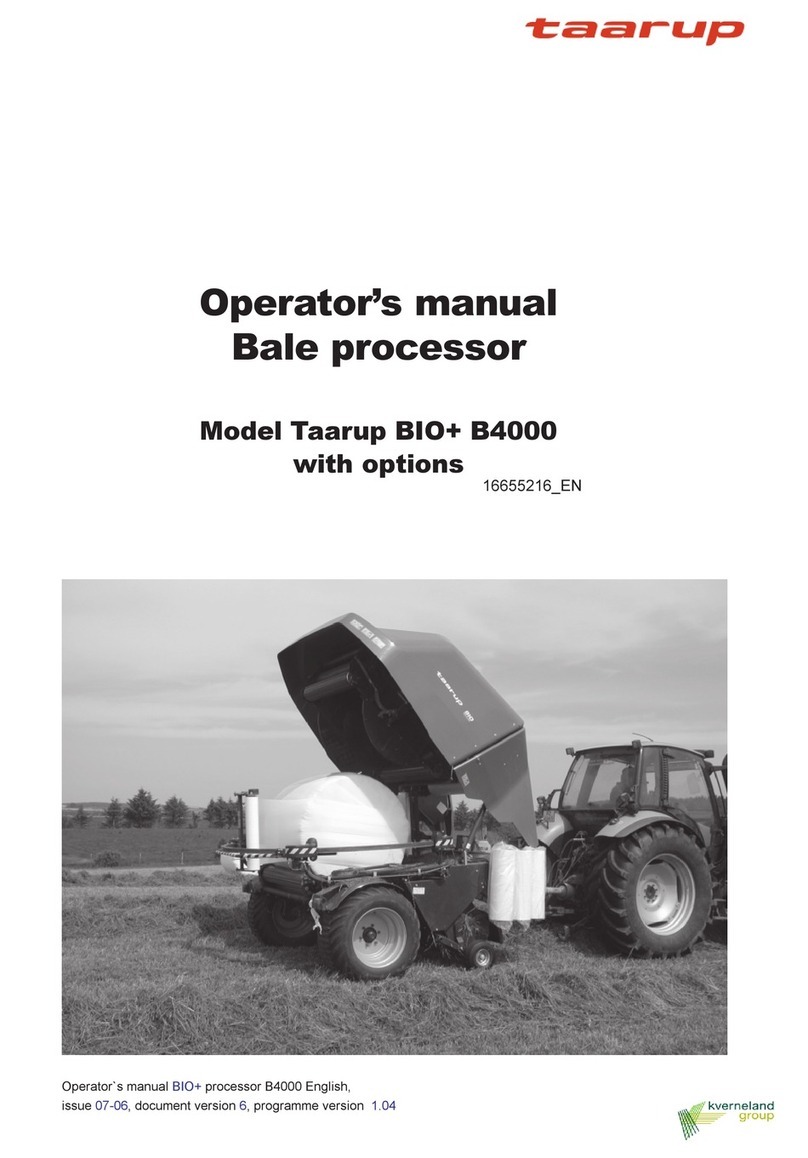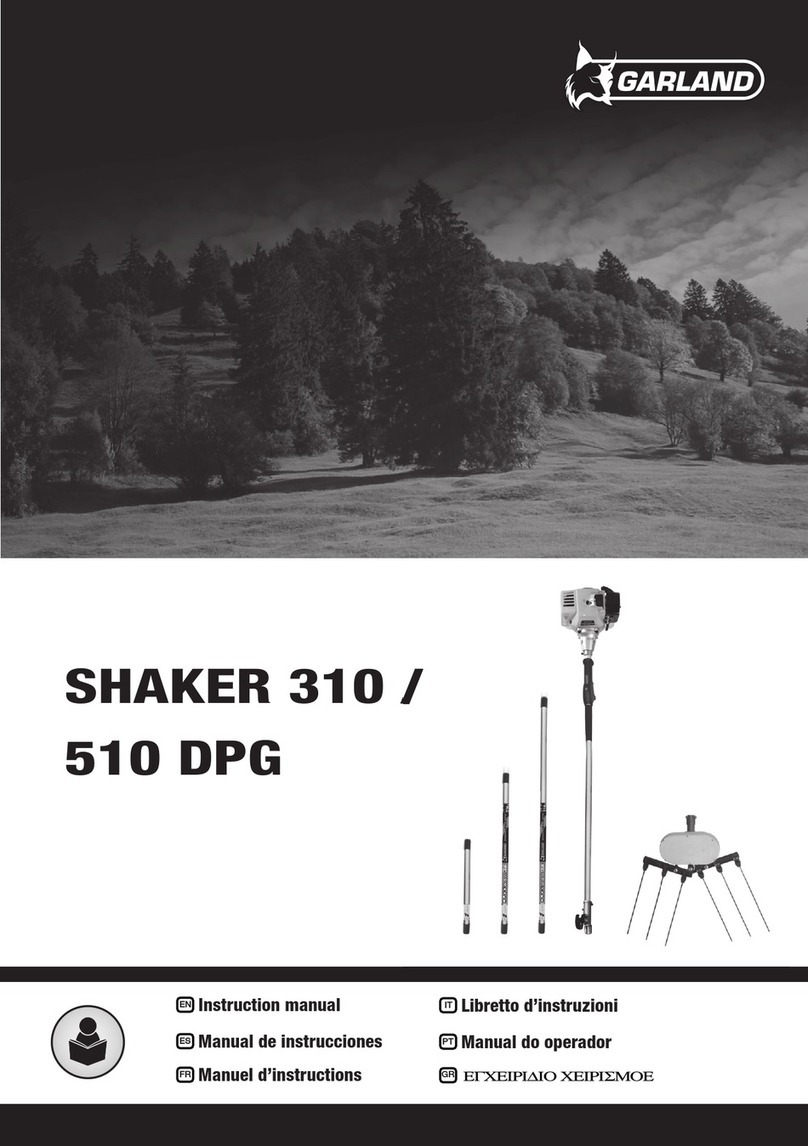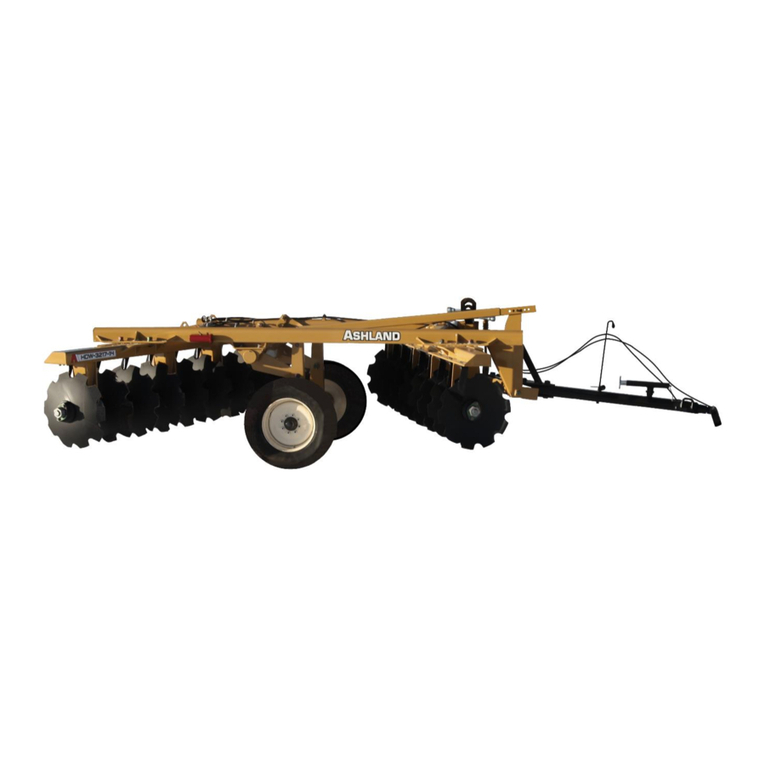
7 (24)
3. Safety instructions for using the attachment
Please bear in mind that safety is the result of several factors. The loader-attachment combination is highly
powerful and improper or careless use or maintenance may cause serious personal injury or property
damage. Due to this, all operators must carefully familiarise themselves about correct use and the operator's
manuals of both the loader and the attachment before starting operation. Do not use the attachment if you
have not completely familiarised yourself with its operation and the related hazards.
DANGER
Misuse, careless use, or using an attachment that is in poor condition may
cause risk of serious injuries. Familiarise yourself with the controls of th
e loader,
correct coupling procedure, and the correct way to operate the attachment at a safe
area. Study especially how to stop the equipment in a safe manner. Read all safety
precautions carefully.
Read all safety instructions carefully before handling the attachment
WARNING
When attaching an attachment to the loader, ensure that the locking pins of the
loader's quick attach plate are in the lower position and that they have locked
the attachment to the loader. Never lift or move an unlocked attachment.
This attachment is designed to be used by one operator at a time. Do not let others
near the danger area of the equipment when it is in use.
Always transport the attachment as low as possible to keep the centre of gravity low,
and keep the telescopic boom retracted during driving.
Sudden movements can cause the loader to tip over - Operate the controls of
the loader in a slow and calm manner.
Be careful when lifting load to high level or
lifting load from high. Avoid sudden changes in speed or direc
tion to maintain
balance of the loader especially when handling heavy loads. Drive slowly and
carefully especially on inclined terrain or slippery surfaces.
Risk of tipping over - Keep loads close to ground while driving. Carrying heavy
loads can shift
the centre of gravity of the loader and lead to tipping over of the
loader. For the best stability always transport loads as low and close to the loader as
possible, with the telescopic boom completely retracted, to keep the centre of gravity
low.
Risk of crushing - Never go or allow anyone else to go under the load, the
loader boom or the attachment.
The stability of the loader may change when
leaving the driver’s seat, leading to tipping over of the machine. Always remember
that the boom may lower unex
pectedly due to loss of stability, mechanical fault, or if
another person operates the controls of the loader, leading to crushing hazard. The
loader is not intended to be left to keep a load elevated for longer periods. Lower the
attachment firmly on the
ground before leaving the driver's seat and never allow
anyone to be under the boom or attachment.
Risk of crushing - The stability of the attachment may change when handled
inappropriately.
Do not try to move the unattached attachment by pushing or
dragging it, instead, always handle it with the loader.
Risk of suffocation - Never operate the loader indoors or at poorly ventilated
areas. Ensure that ventilation is sufficient when operating indoors. Do not operate the
loader in closed spaces regardles
s of the engine or fuel type. Exhaust gases may
concentrate to hazardous levels.
